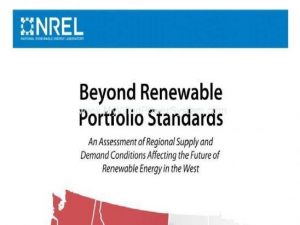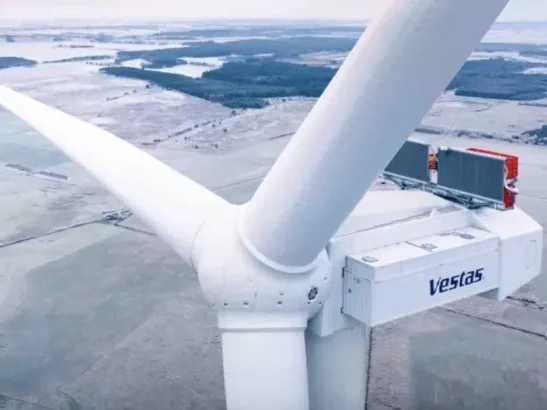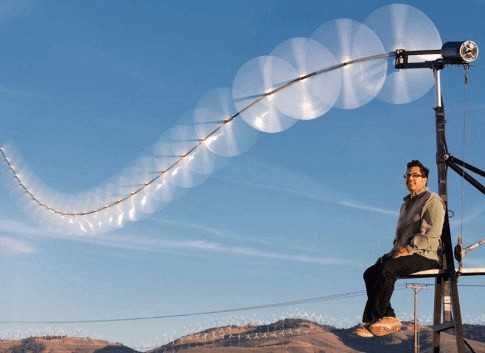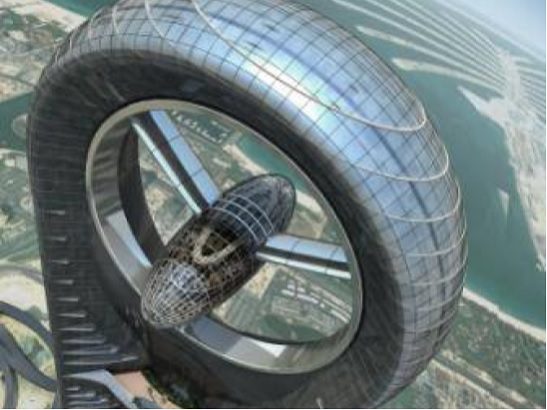The National Renewable Energy Laboratory (NREL) has released a study, called ‘Beyond Renewable Portfolio Standards: An Assessment of Regional Supply and Demand Conditions Affecting the Future of Renewable Energy in the West’
It predicts that wind and solar electricity generation installations will become cost-competitive, without the help of US Federal subsidies, by 2025.
In the words of David Hurlbut, the senior analyst at the NREL:
“the electric generation portfolio of the future could be both cost-effective and diverse. If renewable and natural gas cost about the same per kilowatt-hour delivered, then the value to customers becomes a matter of finding the right mix.”
“Renewable energy development in the US, to date, has mostly been in response to state mandates. What this study does is look at where the most cost-effective yet untapped resources are likely to be when the last of these mandates culminates in 2025 and what it might cost to connect them to the best-matched population centres.”
The study found that geothermal energy will likely remain more expensive than other forms of electricity generation per megawatt-hour, but that solar and wind will become cost-competitive once all renewable energy mandates are in place. Where are the best places for wind power in the US?
In 2025, New Mexico and Wyoming will have the greatest untapped wind power potential, with New Mexico benefitting from the Californian and Arizonan markets as well. Montana is also mentioned as a state with great wind potential for the future, able to link to growing demand from markets in the Pacific Northwest. Solar power will be popular in California, Arizona and Nevada, where solar resources are at their best.
What is the source of this information? The NREL is located in Golden, Colorado is the US’ primary laboratory for renewable energy R&D. It is a government-owned, contractor-operated facility funded through the US Department of Energy- DOE. This arrangement allows a private entity to operate the lab on behalf of the federal government under a prime contract. NREL receives funding from the US Congress to be applied toward research and development projects. NREL also performs research on photovoltaics (PV) under the National Center for Photovoltaics.
This research is good news for the US wind lobby. In a little, over a decade wind power will be virtually as competitive as any other power source.





